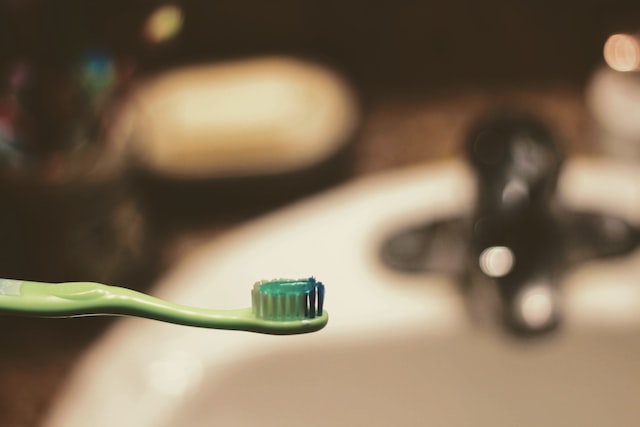BACKGROUND
Triclocarban and Triclosan are ingredients used widely as preservatives in cosmetics and personal care products. They are both included in Annex V (list of preservatives allowed in cosmetic products) of the EU Cosmetics Regulation No. 1223/2009.
Triclocarban (CAS number: 101-20-2) can be used as a preservative up to a concentration of 0.2% in ready for use preparation, subject to purity criteria (Annex V, Entry 23). This ingredient is also included in the list of substances which cosmetic products must not contain except subject to the restrictions laid down (Annex III, Entry 100). For use other than as a preservative, Triclocarban may be used in rinse-off products up to a maximum concentration of 1.5%, subject to purity criteria.
Triclosan (CAS number: 3380-34-5) may be used as a preservative in cosmetics up to a concentration of 0.2% in mouthwashes and up to 0.3% in other products like toothpastes, hand soaps, body soaps, deodorants (non-spray), face powders, etc. (Annex V, Entry 25).
Both Triclosan and Triclocarban have been assessed several times by the Scientific Committee on Consumer Safety (SCCS). These SCCS opinions resulted in the existing regulatory measures that allow different concentration of these ingredients based on the type of product and function.
In early 2019, a priority list of 28 potential endocrine disruptors (not already covered by the bans of cosmetic regulation) was established by the European Commission. From these 28 substances, 14 were considered as higher priority (Group A) and the other 14 were included in the low priority group (Group B).
The public call for data for the considered higher priority substances, including Triclocarban and Triclosan was carried out in 2019, with stakeholders submitting scientific evidence to demonstrate the safety of Triclocarban and Triclosan in cosmetic products. The European Commission requested the SCCS to carry out a safety assessment on these two substances considering the information provided (see previous post).
WHAT’S NEW?
During the plenary meeting on 24-25 October 2022, the SCCS presented its final scientific opinion on the safety of Triclocarban and Triclosan as substances with potential endocrine disrupting properties in cosmetic products.
Based on all available information, including the potential endocrine effects of Triclocarban and Triclosan, the SCCS concluded that the use of Triclocarban as a preservative in dermally applied cosmetic products is safe up to a maximum concentration of 0.2% for both children and adults (0.5-18 years) and that this ingredient is also safe up to a maximum of 1.5% in rinse-off products for both children and adults (0.5-18 years) when used individually or in combination with a function other than preservative. However, the SCCS concluded that Triclocarban is not safe for adults and children in mouthwash, when used up to a maximum concentration of 0.2%, or in toothpaste for children below 6 years old.
According to the SCCS opinion, Triclosan is safe as a preservative when used individually or in combination up to a maximum concentration of 0.3% in toothpaste for both children and adults (0.5-18 years) but it is not safe when used in combination for children below 3 years old. Also, it is considered safe as a preservative in mouthwash at concentrations of 0.2% when used individually but not when used in combination, and not safe for children and adolescents at 0.2% even when used individually.
References:
1. Scientific Committee on Consumer Safety (SCCS). Scientific advice on the safety of Triclocarban and Triclosan as substances with potential endocrine disrupting properties in cosmetic products. SCCS/1643/22 Final Scientific Advice















